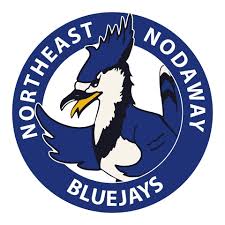

Dyslexia is a disorder that is neurological in origin, characterized by difficulties with accurate and fluent word recognition and poor spelling and decoding abilities that typically result from a deficit on the phonological component of language, often unexpected in relation to other cognitive abilities and the provision of effective classroom instruction, and of which secondary consequences may include problems in reading, comprehension and reduced reading experience that can impede growth of vocabulary and background knowledge.
In order to close the gap between struggling readers and their "normally" developing peers, the District will:
Each student, kindergarten through third grade, will annually be screened for dyslexia within the first thirty (30) days of the school year. In order to monitor progress or lack of progress, benchmark assessments will also be completed for K-3 students in the middle and at the end of each school year.
The dyslexia screening protocol set forth in this policy will also be administered to the following students:
The following groups are exempt from dyslexia screening:
There is no one test that encompasses all recommended skills. The District will utilize screening tools that are both reliable and valid. However, universal screening is not sufficient to identify students with dyslexia. Universal screening can reveal specific weaknesses that are consistent with dyslexia. Monitoring a student's response to high quality reading instruction may be the best way to identify students with severe dyslexia.
The District will identify the appropriate staff to complete student screenings. These staff members may include: classroom teachers, reading interventionists, Title I teachers, reading specialists, or coaches or any combination of these individuals.
Supports and AccommodationsOnce identified, students with dyslexia will be provided with the supports and accommodations tailored to meet the individual student's needs. These accommodations will derive from the following supports and accommodations.
The District will consider the specific supports and accommodations set forth in DESE's "Serving Students at Risk for Dyslexia: Guidance to LEAs."
Practicing Teacher Assistance ProblemsPracticing teachers will receive two hours of in-service training during the 2018-19 school year regarding dyslexia and related disorders. Teachers employed by the District in subsequent years, who have not received this training in another district will be provided the same training by video or by in-person training.
Such in-service training should include: